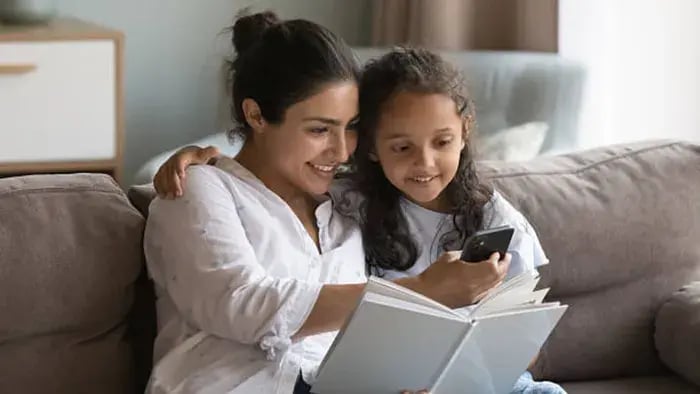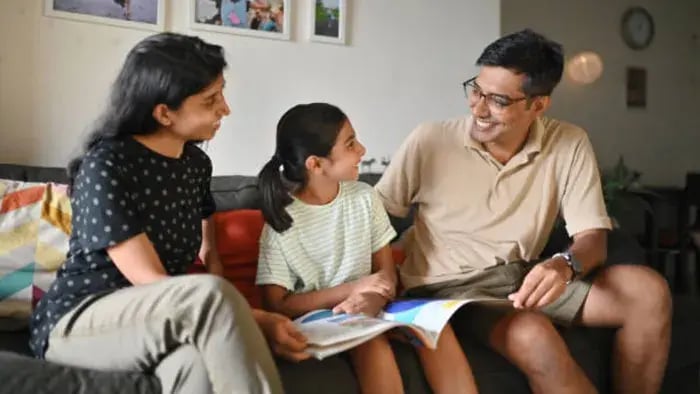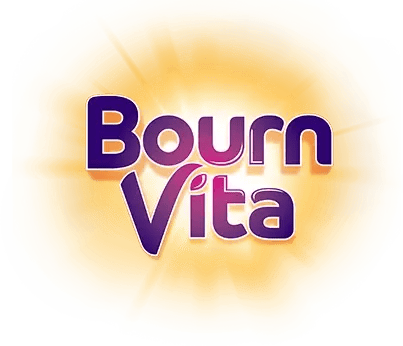- Articulation Therapy
- How It Helps Kids
- Language Intervention Therapy
- Why It’s Good for Kids
- Oral Motor Therapy
- How Children Benefit
- Auditory Processing Therapy
- Positive Effects on Children
- Social Communication Therapy
- The Advantage for Young Learners
Introduction
Helping kids develop clear and confident speech is part of their early growth. Every child learns at their own pace, but some may need a bit of extra help to convey their point. That’s where speech therapy for kids comes in; professionals use these techniques, but they can also be done at home through fun and simple activities.

Speech therapy helps children with word pronunciation, sentence formation, and clear communication. It also boosts their listening skills, vocabulary, and confidence in conversations. With gentle encouragement and the right strategies, children can overcome challenges like unclear speech, delayed language development, or limited vocabulary.
Early intervention makes a big difference. When speech skills are nurtured at a young age, it strengthens social interactions, classroom participation, and overall learning. It’s not about perfection – it’s about helping your child feel heard, understood, and confident when they speak. The techniques below are child-friendly, proven to work and can fit into your daily routine.
5 Speech Therapy for Kids to Speak Clearly And Feel Confident

Helping kids speak clearly is essential; it is about making speech fun, engaging, and confidence-building. Speech therapy exercises are specialized activities and exercises that help children improve their pronunciation, vocabulary, sentence structure, and social communication skills. Speech therapists commonly use these techniques but can also be practiced at home with a bit of patience and playfulness. Each activity is simple, easy, and can be slotted into your daily routine. The aim is to make speaking fun and natural so your child can speak more clearly and confidently.
Articulation Therapy
Articulation therapy focuses on the specific sounds a child has difficulty producing. This speech therapy activity demonstrates to children how to position their tongue, move their lips, and use their breath to produce the correct sound.
How It Helps Kids
This helps children say letters like "s", "r" or "l", which are commonly misarticulated. With the help of these speech therapy techniques, children become more confident, as they are easier to understand in conversations, which reduces frustration and improves communication at school and at home.
Language Intervention Therapy
Language intervention, speech therapy for children, targets vocabulary, grammar, sentence structure, and comprehension. It includes storytelling, picture description, role-playing, and games to improve both receptive (understanding) and expressive (speaking) language skills.
Why It’s Good for Kids
Through structured play and guided conversations, children learn to form sentences, use correct tenses, and express themselves more fluently. This is especially helpful for children with delayed speech or those who struggle to form words.
Oral Motor Therapy
Oral motor speech therapy for toddlers at home, strengthens the muscles used in speech through exercises for the tongue, lips, and jaw. It may involve blowing bubbles, using straws, or making exaggerated mouth movements to build coordination and strength.
How Children Benefit
Children who struggle with articulation due to weak oral muscles can benefit from this therapy. It helps clarity of speech by controlling mouth movements and supports other functions, such as eating and swallowing.
Auditory Processing Therapy
This therapy targets how the brain processes the sounds a child hears. Activities are designed to help the child identify, remember, and differentiate sounds correctly, especially in noisy environments.
Positive Effects on Children
Kids who mishear words or struggle to follow verbal instructions benefit from this. The therapy improves listening skills, attention to verbal input, and ability to respond, which supports both academic and social development.
Social Communication Therapy
Social communication therapy is about using language in social situations. It involves practicing greetings, turn-taking, understanding facial expressions, and tone of voice.
The Advantage for Young Learners
This therapy is particularly beneficial for children with autism or social communication disorders. It helps them understand social cues and use language effectively in various settings, which supports their peer relationships and emotional awareness.
Conclusion

These tried and tested speech therapy for kids don’t just improve pronunciation; they also build confidence, communication skills, and language development. By making speech practice fun and structured, these methods help children speak more clearly and confidently in everyday life. Whether you’re a parent or educator, you’ll be able to help children at home or in the classroom. With patience and consistency, every small step will lead to significant improvements in how children speak, connect, and grow in confidence.
People Also Ask
What is speech therapy for kids?
Speech therapy for kids helps to improve pronunciation, vocabulary and language skills through structured activities and play.
When should a child start speech therapy?
Early support can begin as soon as delays are noticed—often around ages 2–3 if speech milestones aren’t met.
Can speech therapy be done at home?
Yes, many simple techniques, such as storytelling, sound games, and oral exercises, can be practiced at home with regularity.
What are the signs my child may need speech therapy?
Common signs include unclear speech, limited vocabulary, difficulty forming sentences, or trouble understanding spoken words.
Her love for storytelling began with reading her grandfather’s speeches, where Tarishi saw the power of words in creating lasting memories. Combining her passions for food and writing, she has turned her life into a fulfilling path of sharing stories that celebrate flavours and how food brings communities together.
The views expressed are that of the expert alone.
The information provided in this content is for informational purposes only and should not be considered a substitute for professional medical advice, diagnosis, or treatment. Always seek the advice of your physician or another qualified healthcare provider before making any significant changes to your diet, exercise, or medication routines.
















